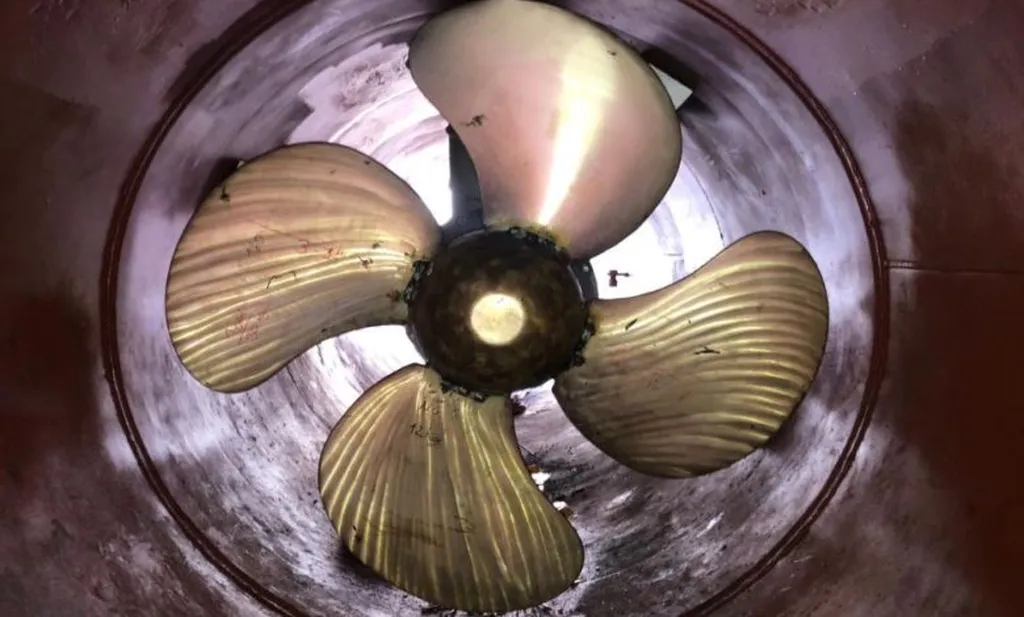In a significant stride towards revolutionizing ship propeller manufacturing, a recent study published in ‘Polish Maritime Research’ (translated from Polish as ‘Polish Maritime Research’) has shed light on the potential of additive manufacturing, particularly Selective Laser Melting (SLM), to outperform conventional methods. The research, led by Doğru Alperen from Ege University Aviation Higher Vocational School in İzmir, Turkey, delves into the non-destructive testing (NDT) of a ship propeller model made using SLM with AlSi10Mg powder alloy.
The study underscores four critical factors that determine the production quality of additively manufactured propellers: dimensional consistency with the original design, surface roughness and the quality of treatments to mitigate it, internal voids, and the propeller’s aging in the marine environment. Alperen emphasizes, “The consistency of the dimensions of the resulting product with the original design is paramount. Any deviation can lead to suboptimal performance and increased fuel consumption.”
The implications for the maritime industry are substantial. Additive manufacturing, with its potential for sustainability and efficiency, could mitigate the inefficiencies and constraints of conventional manufacturing methods. The ability to produce complex geometries with high precision and reduced material waste could lead to more efficient propeller designs, reducing fuel consumption and emissions.
Moreover, the use of NDT methods to ensure the quality of additively manufactured propellers could enhance safety and reliability in maritime operations. As Alperen notes, “Non-destructive testing methods are crucial for identifying any internal or surface deficiencies that could compromise the propeller’s performance and longevity.”
The commercial impacts are equally promising. The maritime sector could see reduced production costs and lead times, as additive manufacturing allows for on-demand production and eliminates the need for extensive tooling. Additionally, the ability to customize propeller designs for specific vessels and operating conditions could enhance overall performance and efficiency.
In conclusion, this research highlights the potential of additive manufacturing to transform the maritime industry. As the technology continues to evolve, we can expect to see more innovative applications that drive efficiency, sustainability, and safety in maritime operations. The study, published in ‘Polish Maritime Research’, serves as a testament to the ongoing advancements in additive manufacturing and its promising future in the maritime sector.

